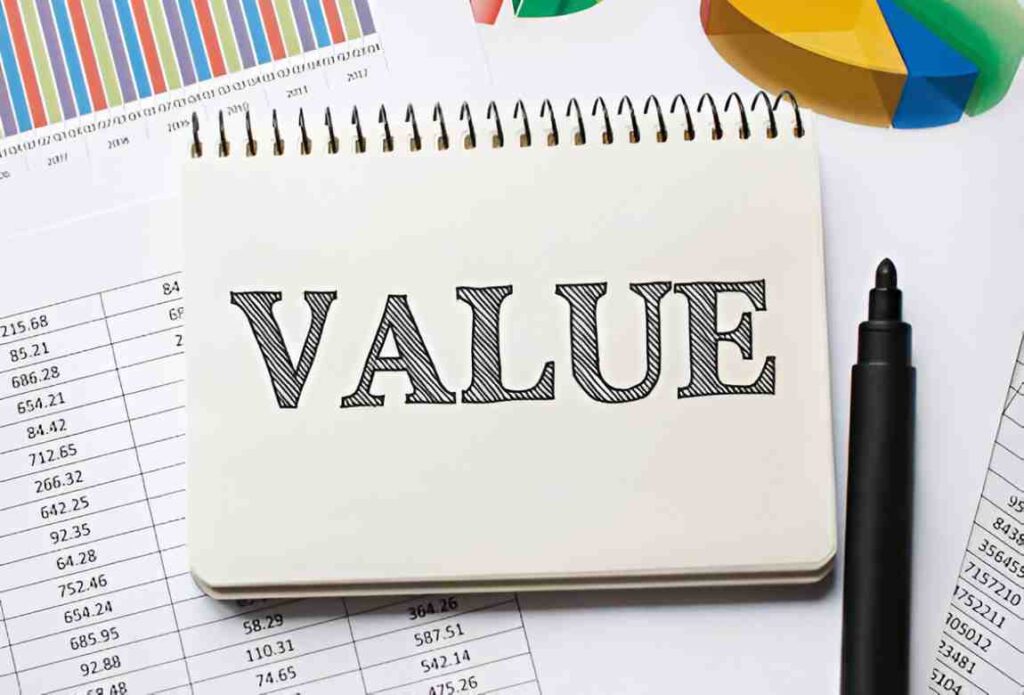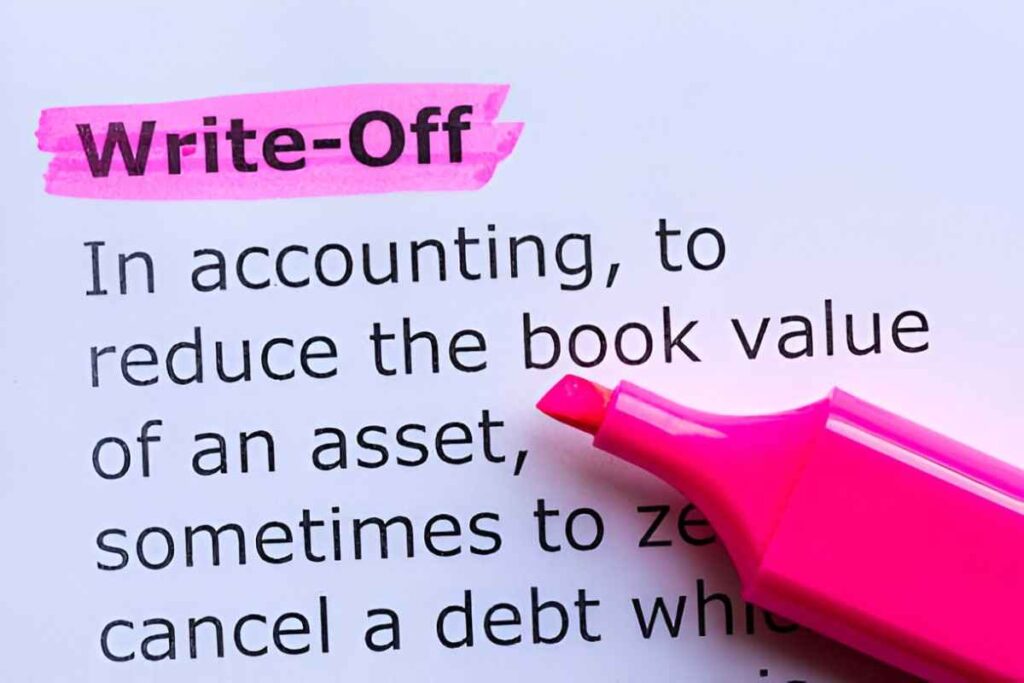Process costing is a fundamental accounting method businesses use to allocate costs in industries where production involves continuous, repetitive processes. Unlike job costing, which tracks expenses for individual projects, process costing averages costs over large batches of identical or similar products. In this guide, I break down how process costing works, when to use it, and how businesses can apply it effectively.
Table of Contents
What Is Process Costing?
Process costing assigns costs to each production stage (or process) rather than to individual units. Manufacturers of chemicals, food, textiles, and other homogeneous goods rely on this method because it simplifies cost tracking in high-volume environments.
Key Characteristics of Process Costing
- Mass Production: Used when products are indistinguishable from one another.
- Continuous Operations: Costs accumulate over time rather than per job.
- Average Costing: Total costs are divided by total output to determine per-unit cost.
When to Use Process Costing vs. Job Costing
Businesses must choose between process costing and job costing based on production style.
| Factor | Process Costing | Job Costing |
|---|---|---|
| Production Type | Continuous, uniform output | Custom, unique projects |
| Cost Allocation | By process/department | By individual job |
| Industries | Oil refining, food processing | Construction, custom manufacturing |
For example, a cereal manufacturer uses process costing because each box of cornflakes costs the same to produce. A construction firm building custom homes uses job costing because each house has unique expenses.
The Process Costing Method: Step-by-Step
1. Identify Cost Centers
A cost center is a department or stage where costs accumulate. In a paper mill, cost centers could include:
- Pulp Processing
- Paper Rolling
- Finishing & Packaging
2. Track Direct and Indirect Costs
Direct costs (materials, labor) and indirect costs (overhead) must be recorded for each process.
3. Calculate Equivalent Units
Since production is continuous, some units may be incomplete at the end of an accounting period. Equivalent units measure work done on partially completed goods.
\text{Equivalent Units} = \text{Units Completed} + (\text{Units in Progress} \times \text{Percentage Complete})Example:
If a beverage company has 10,000 bottles completed and 2,000 bottles 50% finished:
4. Compute Cost Per Equivalent Unit
Total costs for a process are divided by equivalent units to find cost per unit.
\text{Cost per Equivalent Unit} = \frac{\text{Total Process Costs}}{\text{Equivalent Units}}Example:
If the total cost for a mixing process is $55,000 and equivalent units are 11,000:
5. Allocate Costs to Finished and In-Process Inventory
Costs are split between completed goods and work-in-progress (WIP).
Process Costing in Action: A Real-World Example
Let’s examine a paint manufacturer with two processes: Mixing and Bottling.
Mixing Department (Month of June)
- Units Started: 20,000
- Units Completed: 18,000
- WIP (50% Complete): 2,000
- Total Costs: $90,000 (Materials: $60,000, Labor: $20,000, Overhead: $10,000)
Step 1: Calculate Equivalent Units
\text{Equivalent Units} = 18,000 + (2,000 \times 0.5) = 19,000Step 2: Determine Cost per Unit
\text{Cost per Unit} = \frac{90,000}{19,000} = \$4.74Step 3: Allocate Costs
- Finished Goods: 18,000 \times 4.74 = \$85,320
- WIP: 1,000 \times 4.74 = \$4,740
Bottling Department (Month of June)
- Units Transferred In: 18,000
- Units Completed: 17,000
- WIP (25% Complete): 1,000
- Total Costs: $50,000 (Materials: $30,000, Labor: $15,000, Overhead: $5,000)
Step 1: Equivalent Units
17,000 + (1,000 \times 0.25) = 17,250Step 2: Cost per Unit
\frac{50,000}{17,250} = \$2.90Step 3: Allocate Costs
- Finished Goods: 17,000 \times 2.90 = \$49,300
- WIP: 250 \times 2.90 = \$725
Advantages and Disadvantages of Process Costing
Pros
- Simplifies Accounting: Reduces tracking complexity for homogeneous goods.
- Cost Efficiency: Ideal for large-scale production.
- Consistency: Provides uniform cost data for pricing decisions.
Cons
- Lacks Precision: Averages may mask inefficiencies.
- Not for Custom Jobs: Only works for standardized products.
Common Challenges and How to Overcome Them
1. Inaccurate Equivalent Units
If a business misjudges completion percentages, cost allocations will be off. Solution: Use historical data or industry benchmarks for estimates.
2. Fluctuating Overhead Costs
Variable overhead can distort per-unit costs. Solution: Implement activity-based costing (ABC) for better accuracy.
3. Cross-Departmental Cost Transfers
Errors occur when costs move between departments. Solution: Use integrated ERP software for seamless tracking.
Process Costing in the Digital Age
Modern accounting software (e.g., QuickBooks, SAP) automates process costing, reducing human error. Cloud-based systems allow real-time cost tracking, helping managers make faster decisions.
Final Thoughts
Process costing is a powerful tool for manufacturers dealing with uniform products. By understanding equivalent units, cost allocation, and departmental workflows, businesses can streamline operations and improve financial accuracy. While it has limitations, combining it with modern software mitigates most challenges.





